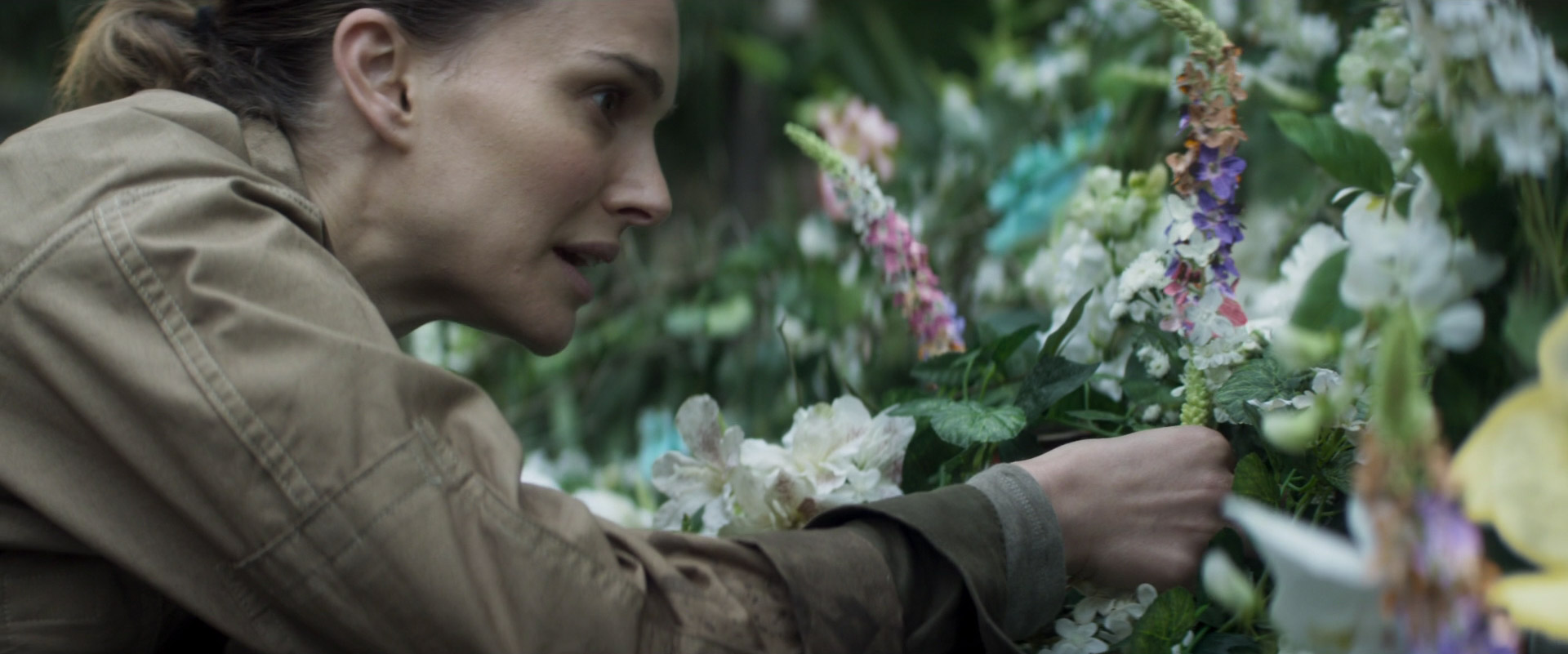horror in flourishing
not-very-recently, I watched Starve Acre (dir. Daniel Kokotajlo). A friend of mine, who is a horror fan, wanted to watch a movie & proposed a few. I like horror, but movie-horror can mess with my mental problems so I tend to watch only older films. I looked up the movies, and saw the reviews for Starve Acre — lots of people very disappointed by the fact it's more just atmospheric, disquieting, and weird, as opposed to scary. which is perfect. "it ends as soon as it starts getting exciting" Disagree, the ending was Perfect. It leaves a strange feeling & Weird Movies are the ones I like the most. & Starve Acre has stuck with me since.

( Starve Acre )
Starve Acre follows a couple living in the british countryside, grappling with the loss of their child. The husband, an archaeologist, had promised their late son that he'd find a buried tree-stump of historical-spiritual significance, and begins digging with increasing obsession. The wife, who tends to the animals on the farm, notices odd things about the landscape and spirals into despair.
one of the things the wife notices is that in the field where the tree-stump is buried, there are flowers growing where they shouldn't.
...
I watched Annihilation (dir. Alex Garland) a lot less recently. again, the wrongness of the landscape is in its lushness. nature defying the rules we had described for it. The shimmer contains colourful bounty, blossoms and forests, seething with life that should not be. it is this quality that intrigues and unsettles.

( Annihilation )
the horror is in flourishing.
...
the typical horror landscape is one of death and decay. it is leafless dead trees clinging to exposed rock and soil. it is blighted plants, skeletal remains of animals. But more recently, horror has toyed with the idea of too-much-life, or wrong-life, burgeoning in a way that feels impossible without external — possibly malicious — influence.
Maybe we got bored of the grey-brown-miserable aesthetic.
Maybe our baselines have shifted so that lifelessness seems less frightening. Shifting baseline syndrome — "a gradual change in the accepted norms for the condition of the natural environment". many countries, especially in the West, are ecologically devastated, scraped free of their forests and swamps and fauna. When our nonhuman family are allowed to persist, it is often partitioned neatly away from much of humanity, in national parks crouching on the horizon from the view of a city. And in places like the UK, you'd have to travel immense distances to see a forest, and the only nonhuman megafauna are deer. my parents were born in Africa and moved to North America looking for work, and were subject to countless fretful questions about what about the lions, was it safe to go outside? I was born in North America and now live in the UK, where people seem baffled by the concept of living near bears and pumas and not being mauled. to the city-inhabitant, to the Californian suburbanite, to the british citizen, nature-in-abundance is alien, and it is frightening. Flowers creeping over walls and movement in the leaves is indicative of danger, of the decay of the things-that-keep-us-safe. & in the colonial context, where nature-subjugation serves to subjugate the colonised, then nature-rebellion represents the colony shaking off its yoke.

( Annihilation )
or Maybe it is less about the flowers themselves and more about them being in places, and in arrangements, that they shouldn't be in. I am not the only person afraid of too-pretty landscapes or other artificial ecologies.

( image of a pine plantation with captions from a tumblr user )
(fun fact, one of my earliest-remembered psychotic episodes occurred in a plantation like this, and I ended up running a 5k in terror to try and escape the feeling it gave me.)
we are animals that evolved in non-anthropogenic environments. Even without extensive intellectual-understandings of ecology, there is a gut-feeling that many of us have when encountering something deeply human-made. In some cases, it's acceptable, such as in an explicitly-defined garden space, where manicuring nature is the expected activity. Also in the case of gardens, the disquiet is eased by knowing that there are gardeners involved. Someone did this, and that's fine. but when encountering something like that monoculture plantation in the image above (that is a Whole Landscape under alteration), or in the case of the above films where there is very much not a known-person-who-did-this ... the landscaping becomes frightening. Someone or something changed this place, but its intentions are unknown, and its power to reshape the world overwhelming. If it, or they, can rearrange whole forests, or make massive changes to the genes of an animal, then what's stopping it from doing ( ... ) ?
what's to stop it from doing that to us (as opposed doing it to nonhumans, to the Global South, to indigenous food-forests and foodways...?) The Colour out of Space was written by the deeply racist H.P. Lovecraft, about the horrors of an alien reshaping a landscape to its liking.
Western society stares down its own handiwork and begins to panic.
...
thanks for reading!🪱🦀
Atom feed ; RSS feed
check out my reading list while you're here :)